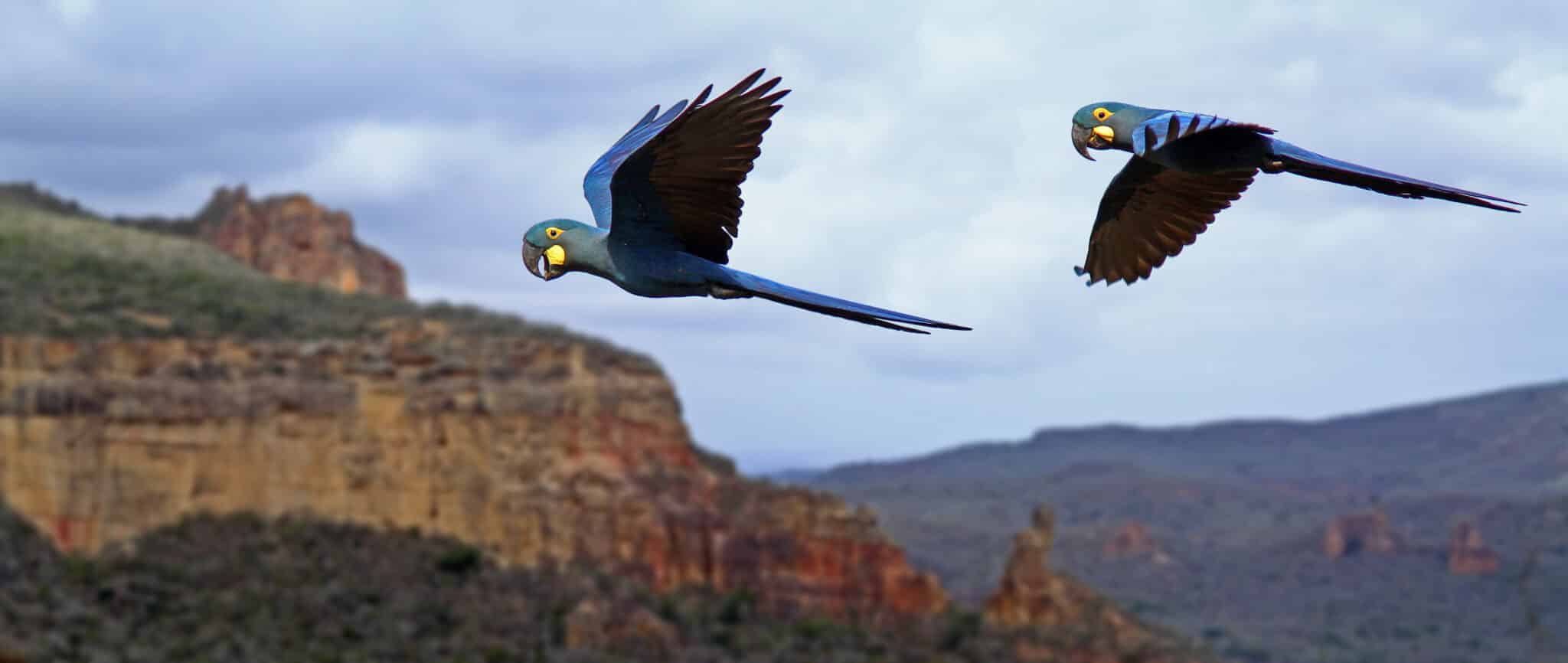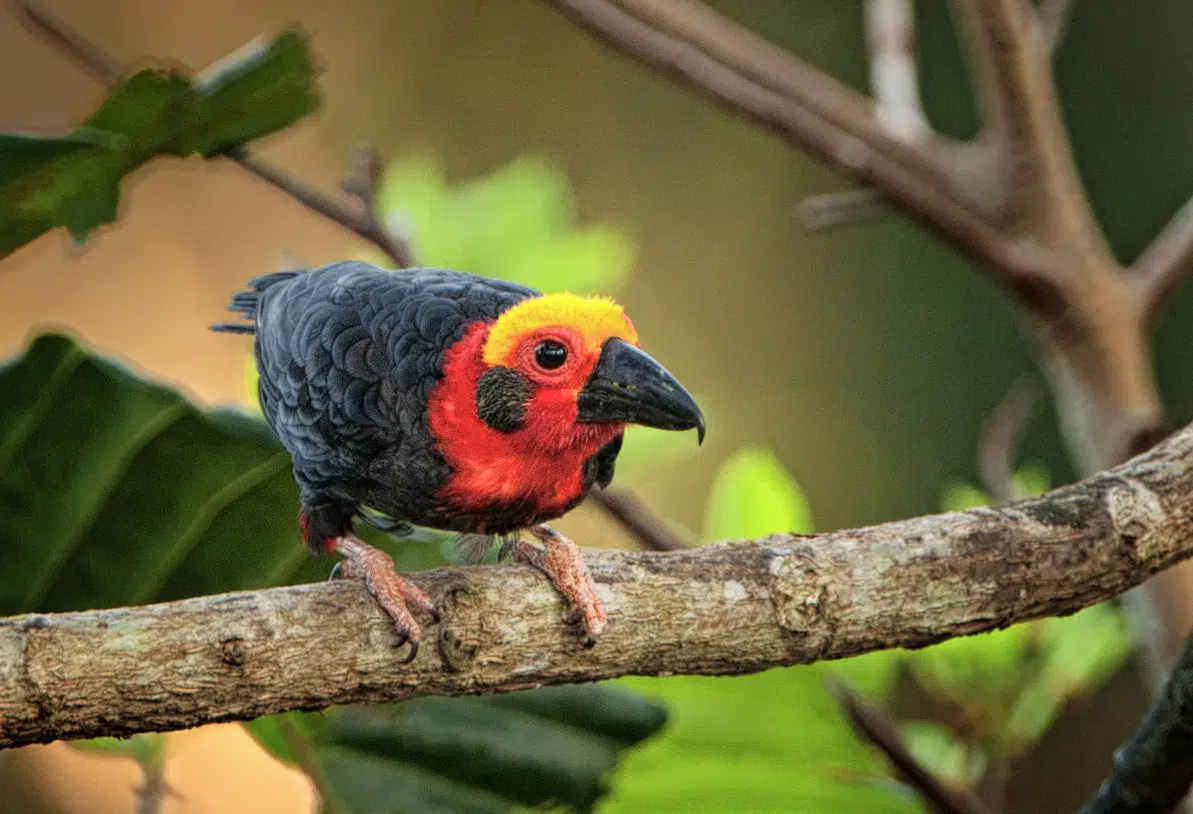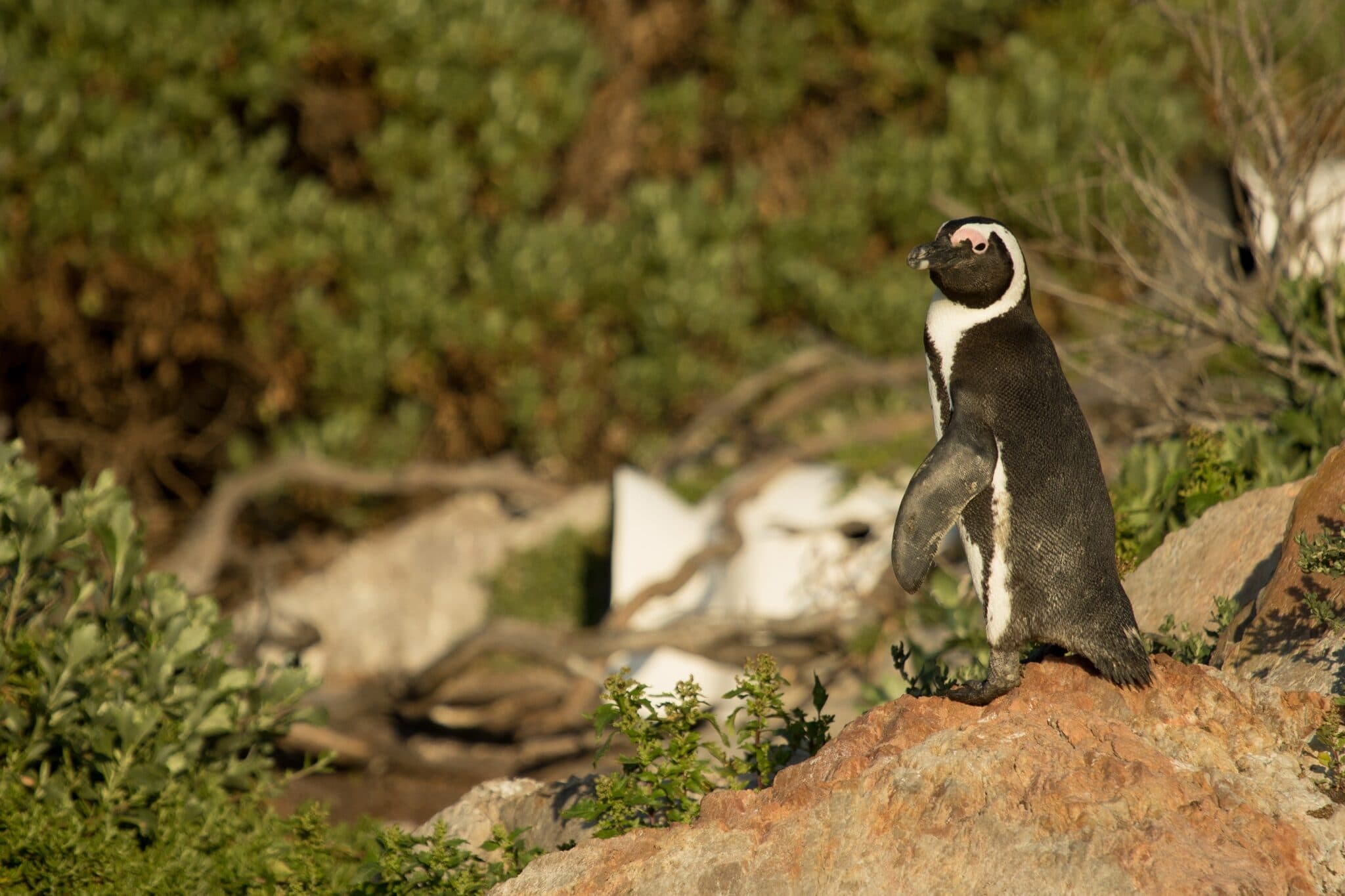Black is back: Next chapter in one of conservation’s great recovery stories
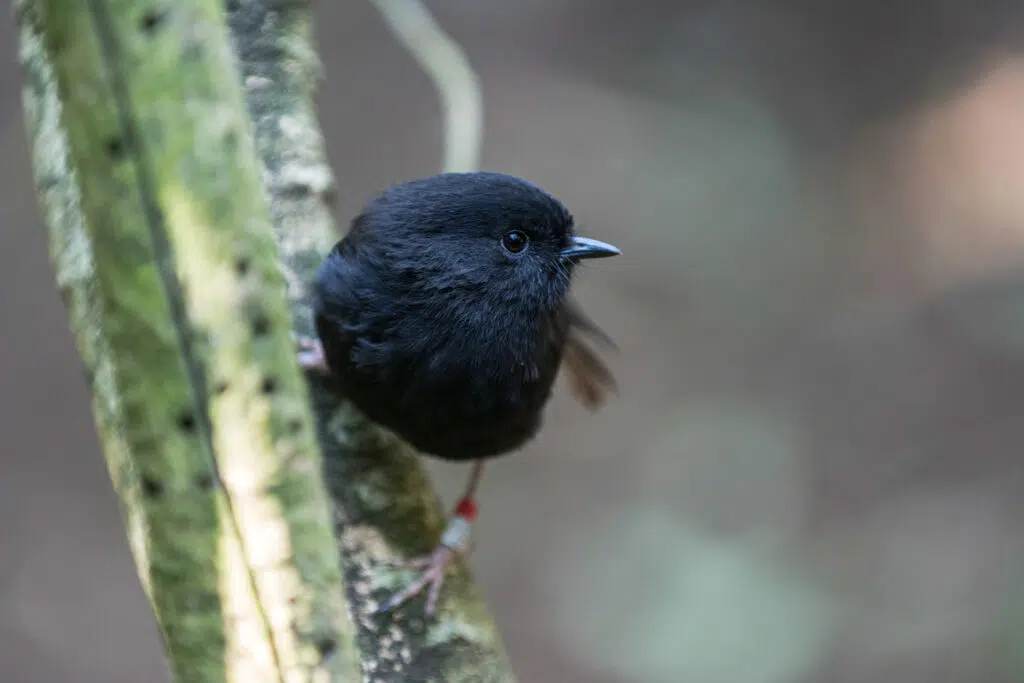
In 1980, only five Black Robins remained, restricted to one remote island in the Pacific. Despite being seemingly destined for extinction, an intensive conservation programme brought the species back from the brink, and less than 50 years later its remarkable recovery has seen it downlisted on the IUCN Red List.
By Liam Hughes
Header Image: 2022’s Red List update marks another chapter in the remarkable recovery story of Black Robin © Leon Berard
The 2022 IUCN Red List update was yet another damning indictment of the state of the natural world. As with most updates in the last decade, the number of assessed species edging closer to extinction far outweighed those heading in the opposite direction. However, amidst the gloom there are glimmers of hope. One example in particular shows that with careful planning, adequate resources and a staunch determination from those involved, conservation can change the fortunes of species in the most perilous of predicaments.
The story of Black Robin, a species endemic to New Zealand’s remote Chatham Islands, is enshrined in conservation folklore. Having evolved free from mammalian predators, it quickly became extinct on four of its five island homes following the introduction of rats and cats in the 1870s.
Subsequently restricted to tiny Little Mangere Island – which, as its name suggests, is only 0.15km2 – habitat degradation continued to drive declines of this specialised forest dweller throughout the 20th century. By 1976, only seven Black Robins remained. At this point, the renowned conservationist Don Merton and his team at the New Zealand Wildlife Service stepped in. They moved the birds to the larger Mangere Island – no easy feat given it meant descending steep rock faces with the birds – where over 100,000 trees had been planted to provide habitat.
Unfortunately, another two robins soon died, leaving a global population of just five birds by 1980. Only one of these, ‘Old Blue’, was a fertile female. With the outlook for the species increasingly bleak, and time not on its side, the team decided to roll the dice and attempt a pioneering new conservation technique.
By removing eggs from the Black Robin’s nests after they were laid and placing them in those of another species – in this case, after some trial and error, the closely related New Zealand Tomtit – the females would then re-lay and raise another brood, while the tomtits would ‘foster’ the previous one. Known as cross-fostering, in theory this would effectively double reproductive output.
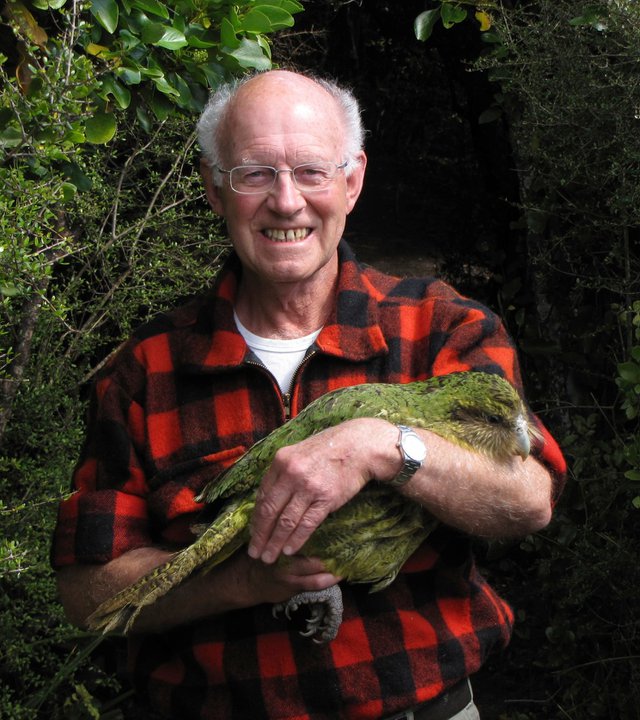
The gamble paid off, and along with other intensive measures deployed by the conservationists involved, such as pushing eggs into the centre of nests following the unfortunate habit of some females to lay them precariously on the rim, the Black Robin population has gone from strength to strength. There is now a relatively stable population of 300 birds on Mangere and also on Rangatira, all of which are descendants of ‘Old Blue’. This astonishing recovery is recognised in 2022’s Red List update, with Black Robin downlisted from Endangered to Vulnerable.
The species is still threatened by the risk of invasive mammals being accidentally released onto the islands, natural disasters and its lack of genetic diversity, given it underwent the most severe of population bottlenecks. Despite this, it is an astonishing recovery for a bird that looked destined for extinction less than 50 years ago.
This remarkable story is a testament to the New Zealand Wildlife Service and its successor, the Department of Conservation. Black Robins would not be on Earth today were it not for the exhaustive conservation efforts of these two gold-standard government bodies, which also averted the seemingly inevitable extinction of species such as Kakapo and South Island Saddleback – which was impressively downlisted to Least Concern in 2022 following a suite of successful translocations since 1964, when just 36 birds remained on a single island.
“The methods deployed to save Black Robin and other New Zealand species have provided inspiration across the Pacific region,” says Alex Berryman, Red List Officer at BirdLife. “Without the lessons learned from these pioneering techniques, there is little doubt that a number of insular Pacific bird species would no longer be with us.
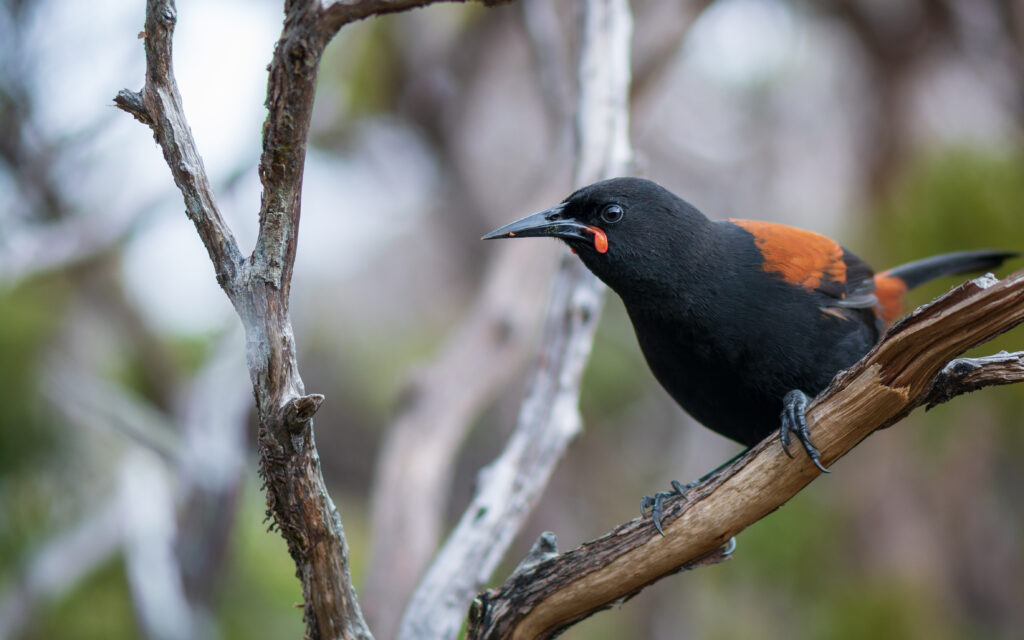
© Jake Osborne/Flickr
Sadly, several species are currently in a similar situation to that of Black Robin 50 years ago. With only four ageing females left, under attack from numerous invasive species and the recent emergence of avian malaria on their single island home, the Critically Endangered Fatu Hiva Monarch is one of these. However, hope is not lost, and SOP Manu (BirdLife in French Polynesia) is working hard to prevent its extinction, using techniques similar to those that have proved so successful in New Zealand. However, it needs your help – find out how you can become a Species Champion here.
